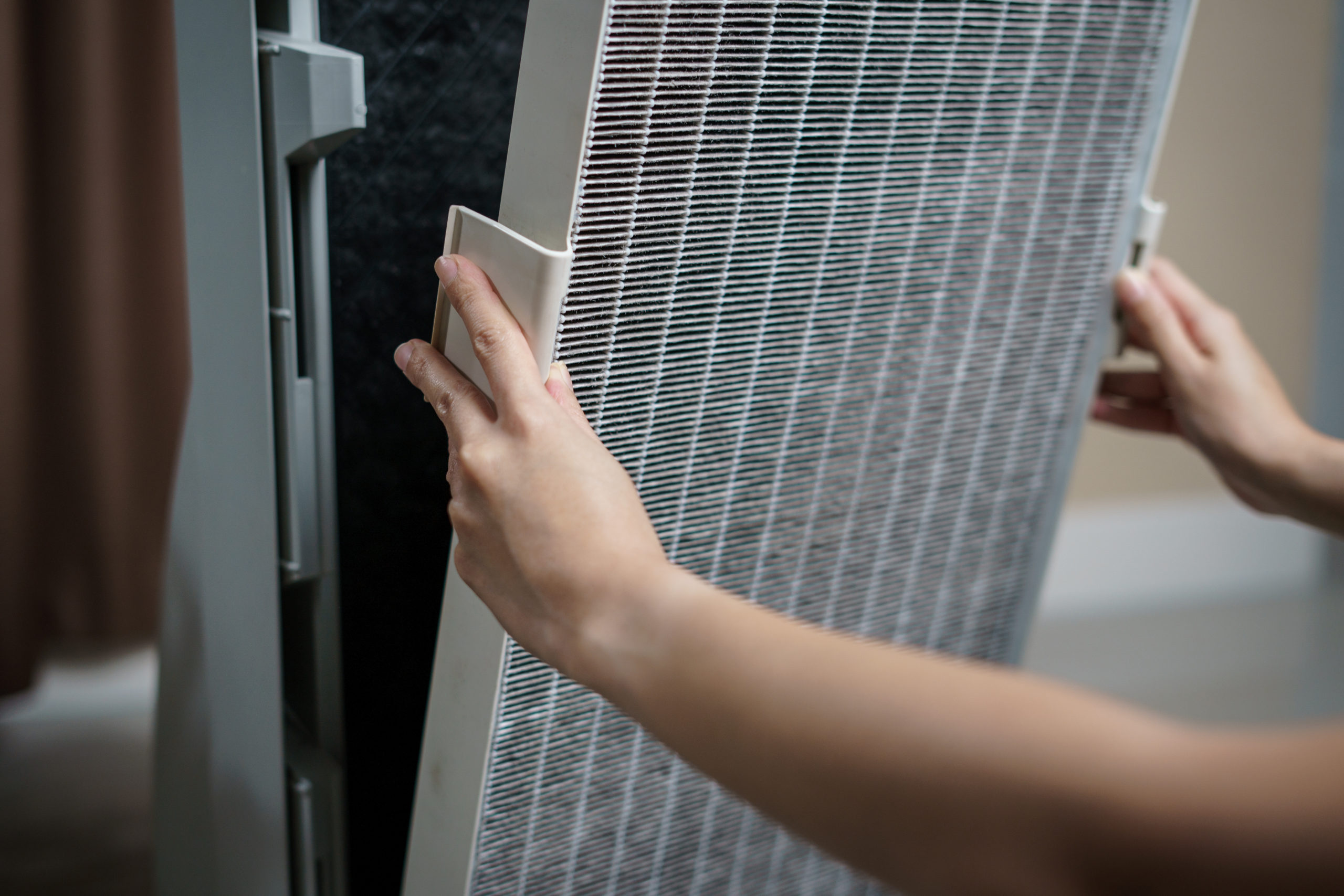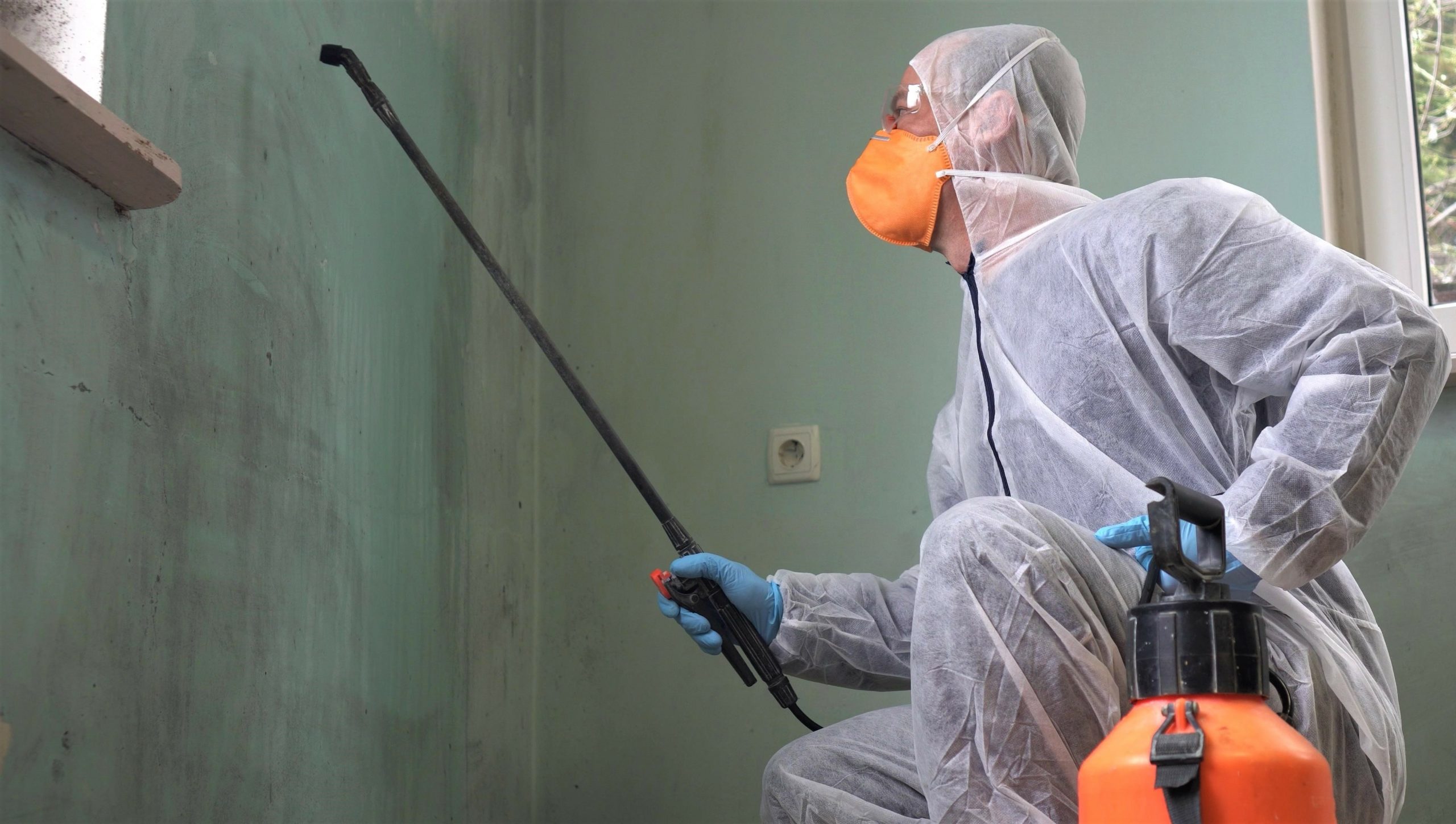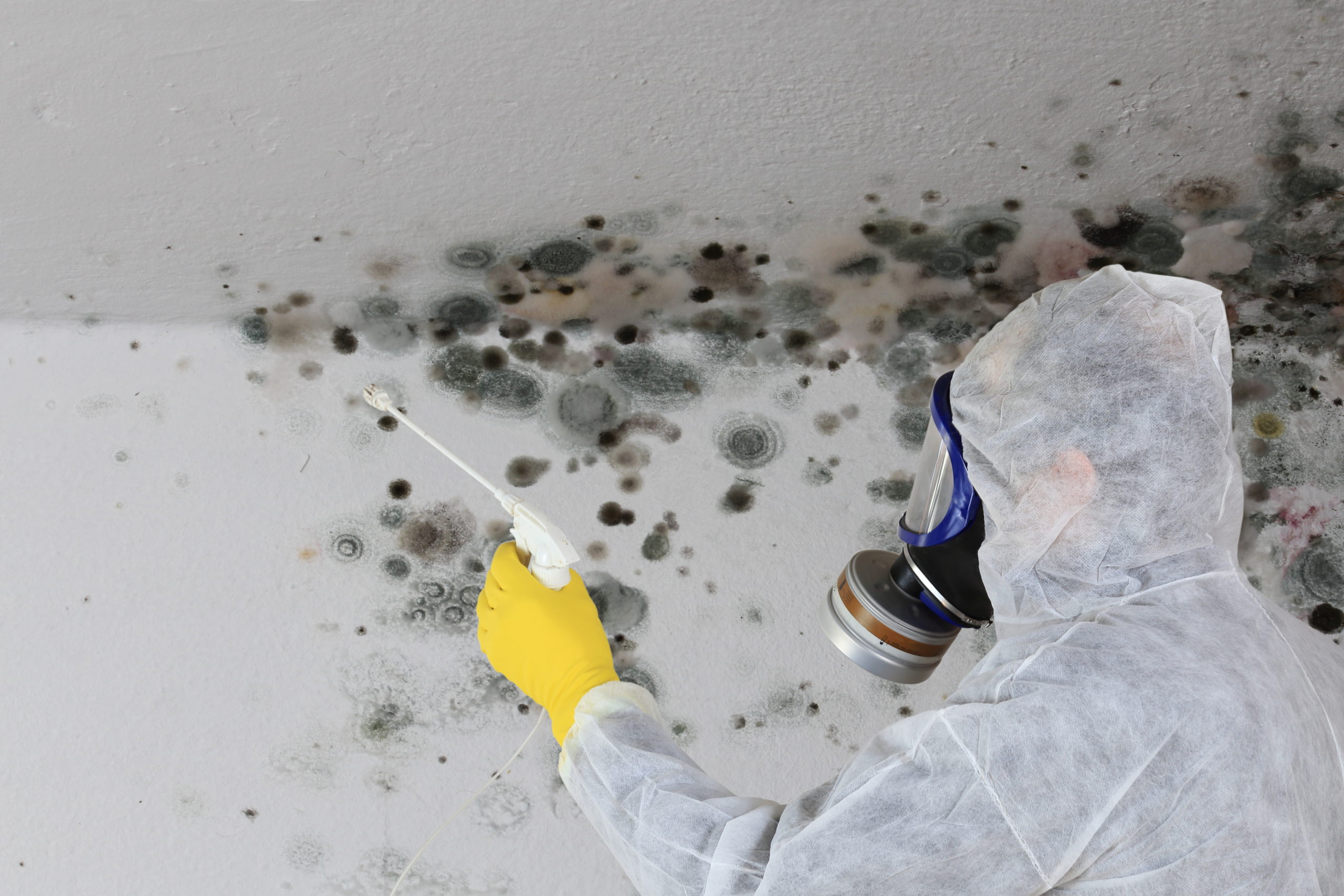excerpt from Modern Cleaning: The Evolution of Chemical Free Cleaning, by Janice and Tom Stewart © 2011
The Chain of Infection
The presence of a pathogenic microorganism does not automatically mean someone will get sick. For sickness to result from a pathogen, several other conditions must be met. The microorganism must get inside the human body, usually through a wound, the mouth or nose. The microorganism must gain entry in sufficient numbers to constitute an infectious dose. Finally, the infected human must be vulnerable to the infection.
People are vulnerable to microorganisms in varying degrees. The very young and elderly tend to have less resistance to infection. In general, less healthy people tend to get ill and become sicker with smaller doses of infectious agents than healthy people. The vulnerable include those who already have a serious illness or infection such as tuberculosis, those undergoing chemotherapy for cancer, transplant patients, people with AIDS and other immunosuppressed individuals. If there are such people in your home, stringent precautions are necessary for everyone’s protection.
What constitutes an infectious dose varies not only from person to person, but also from microorganism to microorganism. Among food-borne organisms, Shigella has a rather low infectious dose. As few as 100 microscopic organisms can make a healthy adult sick. Whether or not you get infected with Salmonella, however, depends on your age, health and even the kind of food that carried the bacteria. As few as 10 to 100 organisms of Salmonella may make a very young or elderly person ill. A healthy person, on the other hand, may need a dose of over a million microorganisms of Salmonella to become sick. Some strains of E. coli need quite a large number to make a person ill, but the deadly E. coli O157:H7 may require as few as 50, or less. When it comes to certain viruses, you may need a mega dose. To come down with the flu, you may need a rather large dose of influenza. However, you can easily get such a dose from touching infected surfaces. Cold and flu viruses tend to spread rapidly around the home because they inevitably get into the air where you cannot avoid inhaling them in large doses.
may need a dose of over a million microorganisms of Salmonella to become sick. Some strains of E. coli need quite a large number to make a person ill, but the deadly E. coli O157:H7 may require as few as 50, or less. When it comes to certain viruses, you may need a mega dose. To come down with the flu, you may need a rather large dose of influenza. However, you can easily get such a dose from touching infected surfaces. Cold and flu viruses tend to spread rapidly around the home because they inevitably get into the air where you cannot avoid inhaling them in large doses.
There are five links in the chain of infection. The image above illustrates the chain and each crucial link. All five links must be in place for an infection to take hold in a population. First, there must be a source of pathogenic microbes, something that carries them into a healthy home, business, school, etc. Food, pets and people are all sources. Second, there must be a method of exit or a way for the microbes to get out of an infected person or source. This is crucial for the microbe’s survival. Once a sick person’s immune system starts to get the upper hand, the microbes must find another host quickly. Droplets from the mouth and nose, feces, vomit, skin cells, hair and wound fluid are all examples of methods of exit used by microbes.
A method of spread is the third link in the chain of infection. There needs to be a way for the microbes to be passed to others. Microbes can be carried on contaminated hands that then touch other people, surfaces and food. The infection spreads when healthy people come into contact with these soiled materials. Direct contact between an infected person and a healthy person can also spread the infection through kissing or touching. Some microbes even attach to dust particles and are carried through the air waiting to be breathed in by a healthy host. Others travel in aerosolized droplets produced when sick individuals cough, sneeze or vomit. The fourth link is a method of entry into a new, healthy host. Infectious microbes can be breathed in, swallowed or enter through a break in the skin or mucous membranes. The final link in the chain requires that the new host be susceptible to the infection. As examined at the beginning of this chapter, numerous variables determine a person’s susceptibility to infection. Those include the person’s age, immunization history and overall health.
If a single link is removed from the chain, infection cannot take hold. Immunizations are, of course, a great way to prevent the chain of infection from the start. Once illness does enter a home, keeping the infected person isolated and taking proper care with soiled items can cut off the source. Impeccable hygiene can also thwart a microbe’s method of exit and spread, killing them on surfaces where they land and wait to be picked up by a new host. This is perhaps the easiest way to break the chain of infection. Covering cuts can prevent a method of entry, as can ensuring what you eat has been cooked properly and what you drink is purified before you put it in your mouth.
Hygienic Cleaning
In a nutshell, hygiene is the best method to break the chain of infection. If mankind is to successfully protect itself against the ever-changing world of pathogenic microbes, we must come to understand “clean” as hygienically clean. A bathroom sprayed with a perfume-laden cleaner will not protect your family from illness no matter how clean it smells. Hygienic cleaning, however, will.
Hygienic cleaning is not rocket science. Hygienic basically means conditions or practices conducive to health. The concept, however, was important enough to the U.S. government that a hygiene system was developed specifically for the space program. Certainly, it would be disastrous if astronauts got seriously ill in space. Thus, the Hazard Analysis and Critical Control Points (HACCP) system was developed. Primarily, HACCP was designed to prevent food poisoning in space. It is now an internationally accepted way of preparing and delivering food safely to the general population. HACCP’s relevance, however, is much broader than food safety. It helps identify crucial points where, if hygiene goes wrong, illness-related problems will follow. Once identified, these points can be examined, and a procedure can be created to stop a disaster from happening. Despite its out-of-this-world origins, HACCP is a simple, practical and common-sense approach that can protect people from illness. It is yet another powerful example of the measurable, science-based hygienic cleaning tools and methods that are evolving as the new first defense against disease. These innovations are the emerging cornerstones of human health.






